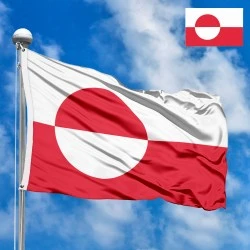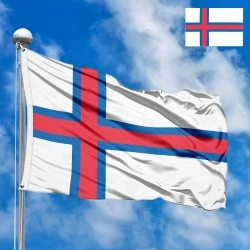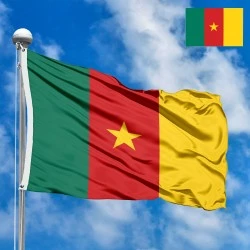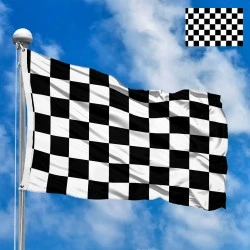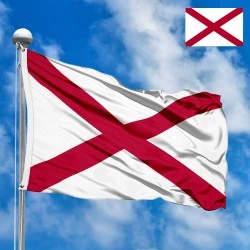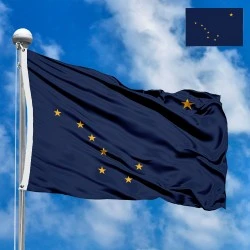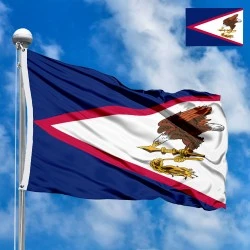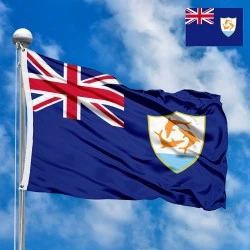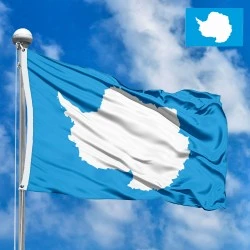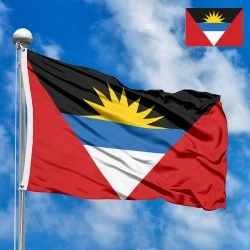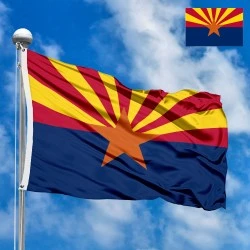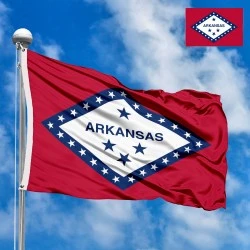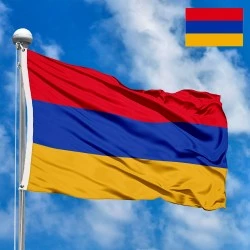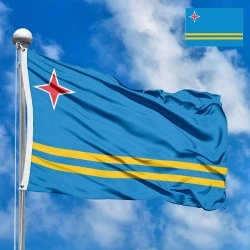Flag of Denmark
- Flag Type: State
- Proportions (official): 28:37
- Official name: Kingdom of Denmark
- Local name: Denmark
- Sovereignty (year): YES (1849)
- Member of Organizations: UN, NATO, European Union, Nordic Council
- Country code, territory: DK, DNK, 208
- Capital: Copenhagen
- Large cities: Aarhus, Odense, Aalborg, Esbjerg
- Population: 5,963,015 (2024, Statbank Denmark)
- Religions: Evangelical Lutheran Church ~72%, other/none ~28%
- Area (km²): 43 094
- Highest point: Mill Hill (170.86 m)
- Lowest point: Lammefjord (–7 m)
- Currency: Danish Krone (DKK, kr)
- Languages: Danish
- Dialing code: +45
- National domain: .dk
Flag Information
General information
Demography and Culture
Economy and communications
- All Flags
- Flags of Countries by Continent
-
Flags of Organizations
- Flags of UN countries
- Flags of the European Union countries
- Flags of NATO countries
- Flags of the countries of the Organization of Islamic Cooperation
- Flags of the countries of the Organization of American States
- Flags of the Arab League countries
- Flags of the African Union countries
- Flags of the countries of the Union of South American Nations
- Flags of the Commonwealth of Nations
- Flags of the countries of the Secretariat of the Pacific Community
- Flags of the Nordic Council countries
- Flags of the Caribbean Community
- Flags of the countries of the Association of Southeast Asian Nations
- Flags of the East African Community
- Flags of the countries of the Organization of Turkic States
- LGBT Community Flags
- Historical Flags
- Ethnic Flags
- Flags of the USA (states)
Description
The national flag of Denmark, universally known as the Dannebrog, is not just a national symbol but a venerable artifact, holding the distinction of being the oldest continuously used national flag in the world. Its striking design features a white Nordic cross on a red field, a powerful emblem that has inspired the flags of numerous other Nordic countries. The Dannebrog is far more than mere fabric; it is deeply interwoven with Denmark's rich history, its monarchy, and its national identity, embodying centuries of tradition, legend, and pride.
Dimensions, Colors, and Arrangement of Elements: The design of the Dannebrog is both simple and precisely defined, reflecting its ancient lineage and unwavering symbolic significance.
-
The flag consists of a white Nordic cross (also known as the Scandinavian Cross), which is off-centered towards the hoist (left side of the flag when viewed). The cross extends to the edges of the flag.
-
The field of the flag is a vibrant red. This particular shade of red is officially known as "Dannebrog Rød" (Dannebrog Red), a distinct hue that sets it apart. While specific Pantone equivalents can vary slightly, it is generally considered to be a deep, rich red (often approximated as Pantone 186 C or similar).
-
The proportions (aspect ratio) of the flag are precisely defined. The official dimensions prescribe a length to height ratio of 37:28. More specifically, the cross itself is composed of bands, where the width of the white cross is 4 units. The red fields are then arranged around it: from the hoist, the red fields are 12 units wide, followed by the 4-unit white cross, and then 21 units for the outer red field. Vertically, the red fields are 12 units high, followed by the 4-unit white cross, and then 12 units high for the lower red field. This meticulous proportioning ensures the characteristic off-center appearance of the cross and maintains its unique visual balance.
-
The red color primarily symbolizes bravery, courage, and the historical battles fought by the Danish people. It is also associated with the blood shed by Danish soldiers in defense of their nation.
-
The white color represents peace, honesty, and purity. In the context of the Nordic cross, it also signifies Christianity, reflecting the historical spread of Christianity throughout the Nordic region. Together, these colors and the cross form a design that is both historically resonant and visually distinct, immediately identifiable as a symbol of Denmark.
History of the Flag's Creation and Adoption: The history of the Dannebrog is steeped in legend, dating back to the 13th century, making it the oldest national flag in continuous use.
-
The most famous and widely accepted origin story of the Dannebrog is associated with the Battle of Lyndanisse (modern-day Tallinn, Estonia) on June 15, 1219. According to legend, during a pivotal moment in the battle, when the Danish Crusaders under King Valdemar II were struggling against the Estonians, a large red flag with a white cross miraculously fell from the sky. This divine sign supposedly reinvigorated the Danish troops, leading them to victory. This event solidified the flag's sacred status and earned it the nickname "Dannebrog," often translated as "Danish Cloth" or "Danish Banner."
-
While the miraculous origin story is a beloved legend, historical evidence suggests that the cross flag was indeed used by the Danish monarchy in the 13th and 14th centuries. It likely evolved from older war banners and the crusader flags of the Knights Hospitaller.
-
The design of the Nordic cross, where the cross arm is shifted to the hoist, became a distinguishing feature that was later adopted by other Scandinavian countries (Sweden, Norway, Finland, Iceland, Faroe Islands, Åland Islands), reflecting shared historical and cultural ties.
-
The Dannebrog has been the state flag and royal standard of Denmark since at least the 14th century, although its formal legal recognition as the national flag for common citizens came much later.
-
Before the 19th century, its use was primarily restricted to the King, the military, and state vessels. With the rise of national romanticism and the 1848 March Revolution, the Dannebrog became widely adopted by the general population as a symbol of national identity and unity.
-
Its status as the official national flag for all Danes was firmly established in the 19th and early 20th centuries, solidifying its place as the enduring emblem of the Kingdom of Denmark. Despite its ancient origins, its adoption by the populace as a civilian flag is a relatively modern development.
Symbolism and Meaning for Residents: For Danes, the Dannebrog is much more than a flag; it is a profound symbol of their nation's history, unity, and deep-rooted traditions.
-
The red field embodies the courage, valor, and strength of the Danish people. It recalls the countless battles fought throughout history to preserve their independence and way of life. It also symbolizes the blood shed by Danish warriors in defense of their homeland.
-
The white Nordic cross is deeply symbolic of Christianity, which became prevalent in Denmark during the Viking Age and medieval period. It represents peace, purity, and justice. The unique off-center placement of the cross is a defining feature of Nordic flags, signifying shared cultural and historical ties among the Scandinavian nations.
-
The Dannebrog is often seen as a direct link to a glorious past, invoking the spirit of Viking heritage and medieval kingship. The legend of its miraculous descent from the sky imbues it with a sense of divine favor and national destiny, fostering a powerful collective identity.
-
The flag is a ubiquitous sight in Denmark, displayed not only on official buildings and national holidays but also widely by ordinary citizens for various occasions, from birthdays and graduations to sporting events. This widespread civilian use underscores its role as a unifying symbol of celebration and community.
-
For Danes, the Dannebrog represents their sovereignty, independence, and democratic values. It is a source of immense national pride and an enduring testament to Denmark's continuous history and its unique place in the world. It reminds them of their shared heritage, resilience, and their collective identity as a nation.
Interesting Facts: The Dannebrog's long history and unique status give rise to several fascinating facts.
-
Oldest Continuously Used National Flag: The Dannebrog holds the Guinness World Record for being the oldest continuously used national flag. Its origins are traced back to 1219, making it over 800 years old.
-
The "Fallen Flag" Legend: The most famous legend of its origin at the Battle of Lyndanisse (1219) is deeply ingrained in Danish national consciousness. It’s a foundational myth that gives the flag a sacred, almost magical, quality.
-
Influence on Nordic Flags: The Dannebrog's Nordic cross design inspired the flags of all other Nordic countries: Sweden, Norway, Finland, Iceland, and the autonomous regions of the Faroe Islands and Åland. This makes it the "mother flag" of the Nordic cross family.
-
No Specific Flag Day (but Celebrated Widely): While there isn't a single designated "Flag Day" in Denmark as in some other countries, June 15th (Valdemar's Day), commemorating the Battle of Lyndanisse, is widely celebrated as the day the flag fell from the sky, with widespread flag displays.
-
Ubiquitous Civilian Use: Danes are known for their enthusiastic and informal use of the Dannebrog. It's common to see it displayed for private celebrations like birthdays, anniversaries, graduations, and even at summer houses, making it a very personal symbol of joy.
-
"Splitflag" (Swallow-tailed Flag): Denmark has a unique variant of its flag, the "Splitflag," which is a swallow-tailed version used by government authorities and the navy. The plain rectangular Dannebrog is reserved for civilian use.
-
Royal Connection: The flag is inextricably linked to the Danish monarchy. Historically, it was primarily the king's standard before becoming a national symbol. The royal family still uses special variants of the flag.
-
Strict Protocol for Military Use: Despite its widespread civilian use, the Dannebrog has very strict protocols and traditions when used by the military and state institutions, emphasizing its solemn role.
-
Historical Name: The name "Dannebrog" literally translates to "Danish cloth" or "Danish banner," reflecting its profound connection to the nation itself. It's not just "the flag," but "the Danish flag" in its very name.
In the demonstration images, full-size flags are shown with proportions of 2:3, and hand-held flags with proportions of 1:2.
Color
| COLOR | PANTONE | CMYK | RGB | HEX |
|---|---|---|---|---|
| 186 C | 0-100-80-15 | 200-16-46 | #C8102E | |
| White | 0-0-0-0 | 255-255-255 | #ffffff |
Donation
Download
Completely free for commercial and non-commercial use (public domain).
You can freely use them in your news magazines, websites, software, mobile applications.
We appreciate a backlink to https://flagssite.com
Vector files - Flag of Denmark (PDF, EPS, SVG, AI)
- .pdf, .eps, .svg, .ai format; RGB color model; Official Proportions.
"30" - image size (by height) in Pixels (px).
!!! For resizing, use the Latin (eng) keyboard layout.
<img src="https://flagssite.com/flags/00svg/20213.svg" height="30" alt="Flag of Denmark">
 Vector files 2:3, 1:2
Vector files 2:3, 1:2
- PDF format; RGB, PANTONE/CMYK color model; aspect ratio - 2:3, 1:2.
Raster files - Flag of Denmark (PNG, JPG)
 Waving flag
Waving flag
- PNG format (transparent background), 72dpi, dimensions in Pixels (px), aspect ratio 3:4.
- 15х20 px
- 30х40 px
- 60х80 px
- 120x160 px
- 240x320 px
 Sizes:
Sizes:
"v15" - image size (by height); if necessary, replace with available: v15, v30, v60, v120, v240.
!!! For resizing, use the Latin (eng) keyboard layout.
<img src="https://flagssite.com/flags/v15/20213.png" alt="Flag of Denmark">
 Round flag
Round flag
- PNG format (transparent background), 72dpi, dimensions in Pixels (px), aspect ratio 1:1.
"d15" - image size (diameter); if necessary, replace with available: d15, d30, d60, d120, d240.
!!! For resizing, use the Latin (eng) keyboard layout.
<img src="https://flagssite.com/flags/d15/20213.png" alt="Flag of Denmark">
 Rectangular flag 2:3
Rectangular flag 2:3
- JPG format, 72dpi, dimensions in Pixels (px), aspect ratio 2:3.
"h30" - image size (by height); if necessary, replace with available: h15, h30, h60, h120, h240, h360, h480.
!!! For resizing, use the Latin (eng) keyboard layout.
<img src="https://flagssite.com/flags/h30/20213.jpg" alt="Flag of Denmark">


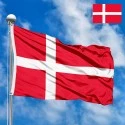
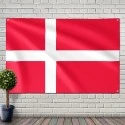
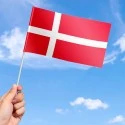

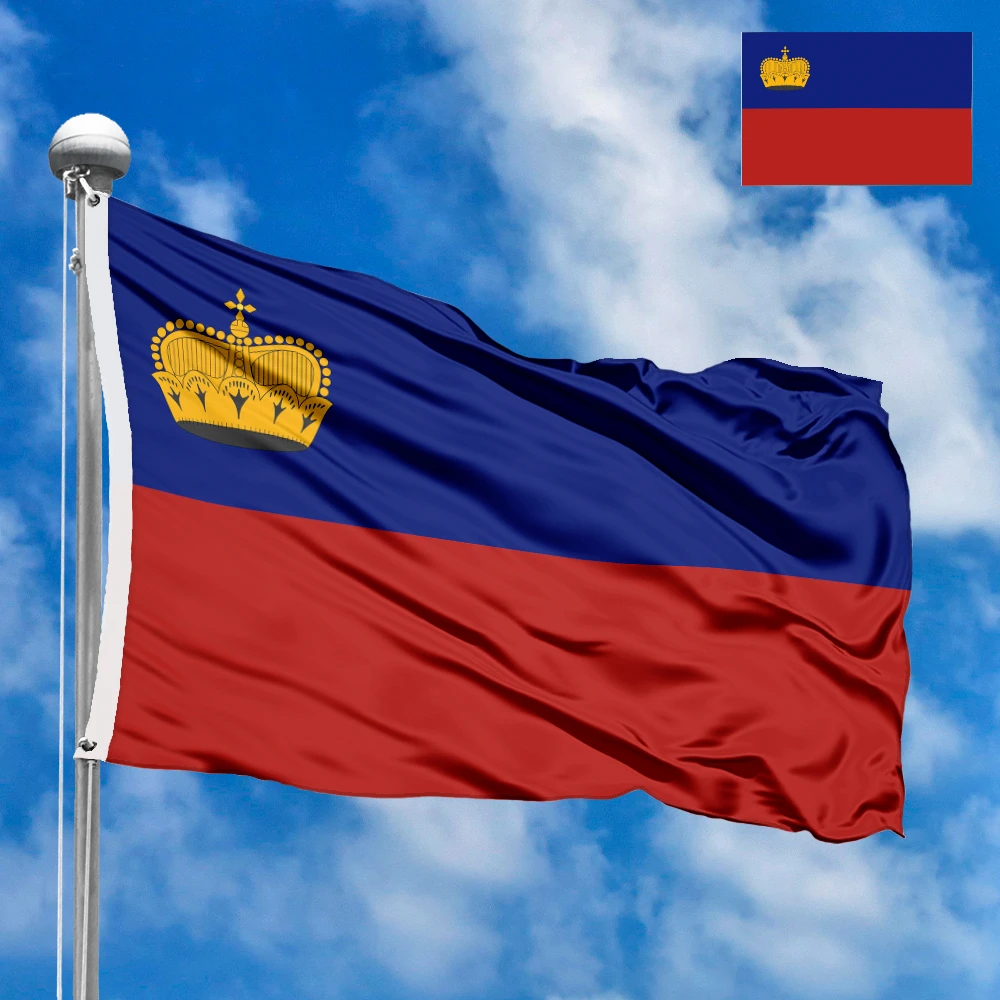
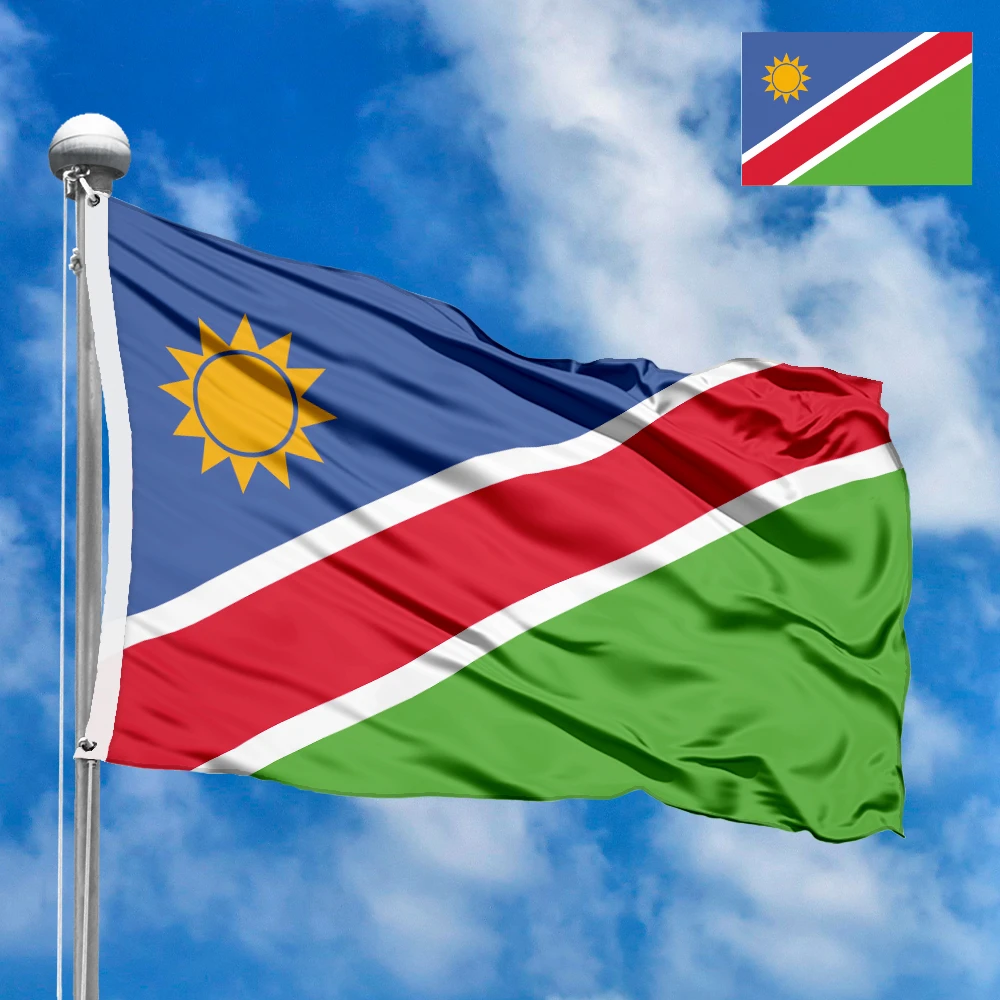


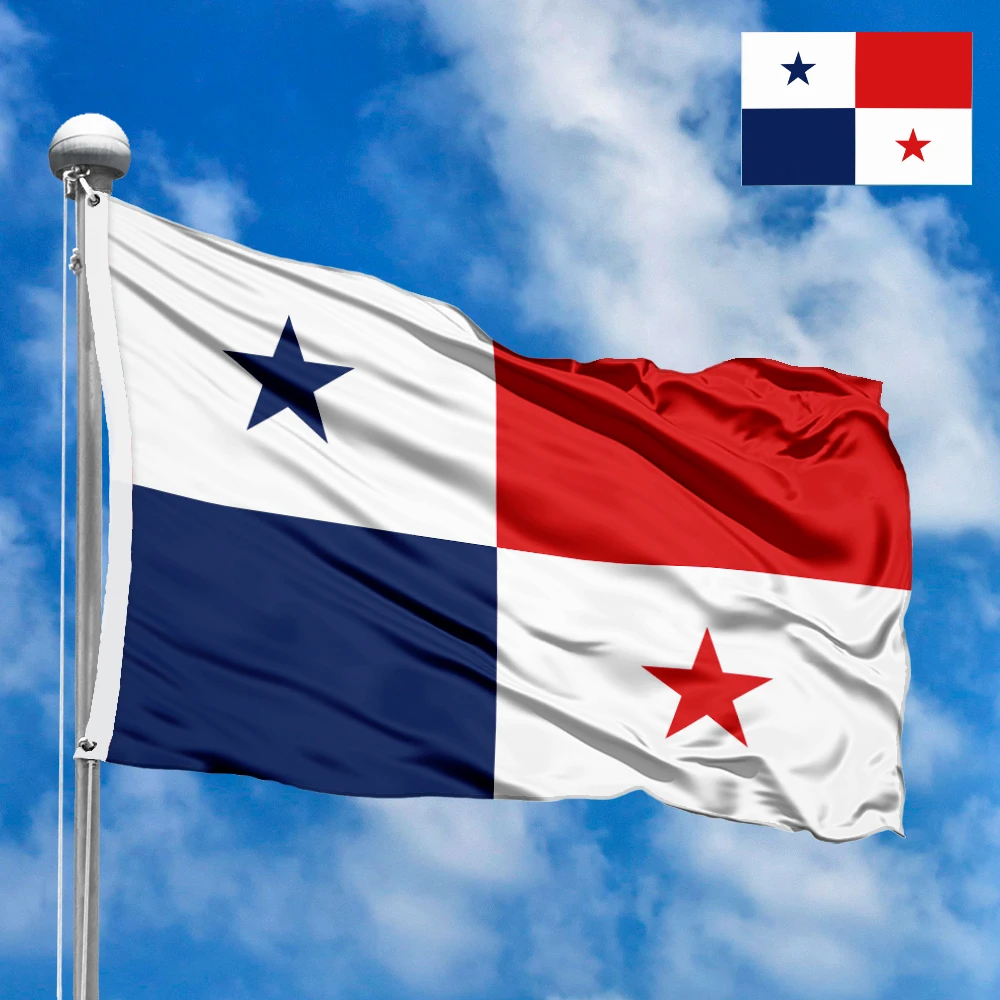




 Sizes:
Sizes:
 Sizes:
Sizes:
